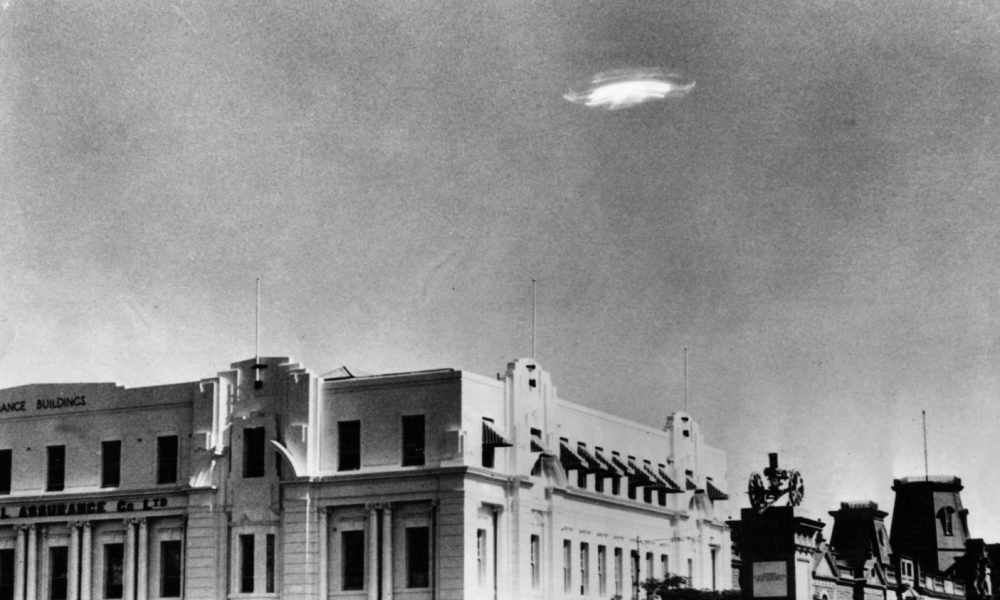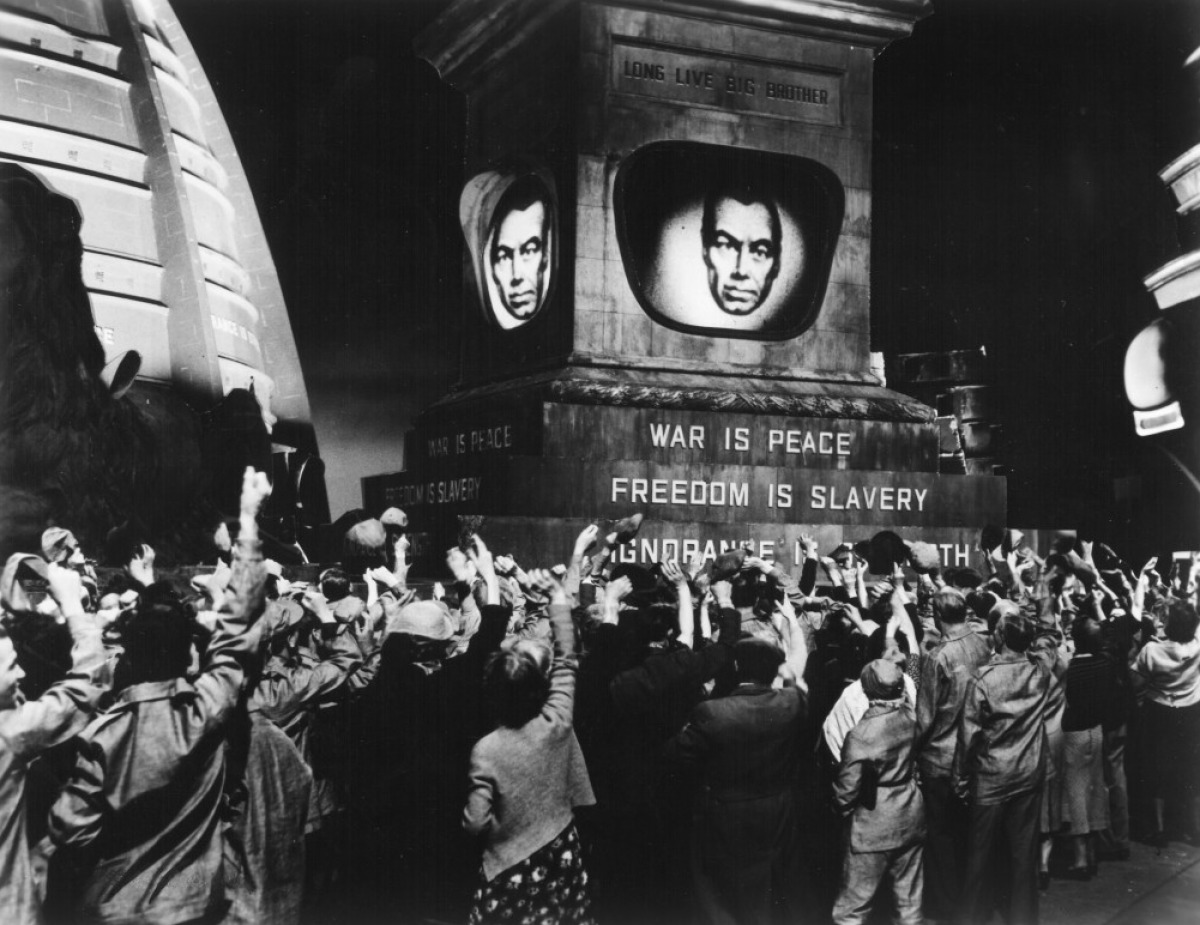ISIS suicide bombers detonated themselves in the southern part of Beirut on Thursday, November 12th. Journalist Tamara Quiblawi describes the aftermath to CNN: “There’s a lot of shattered glass on the street, a lot of blood. . . . And it’s really just a scene of chaos and carnage.”
“He tackled him to the ground, causing the second suicide bomber to detonate,” says Beirut Elie Fares. “There are many many families, hundreds of families probably, who owe their completeness to his sacrifice.

Very Little Coverage
Indian blogger Karuna Ezara Parikh responded to this with a poem that has since gone viral:
It’s not Paris we should pray for. It is the world.
It is a world in which Beirut, reeling from bombings two days before Paris,
is not covered in the press.
A world in which a bomb goes off
at a funeral in Baghdad,
and not one person’s status update says “Baghdad”,
because not one white person died in that fire. . . .
If you recall, in April of this year 147 were killed in Kenya following a bombing, and in July over one hundred Egyptians were killed by ISIS attacks. Just last month, one hundred more were killed from a bombing in Ankara, Turkey. Why have we heard so little about these equally devastating events? Why does geography determine sympathy?
Look at Facebook’s allowance of French flags over top of people’s profile pictures. We didn’t see this happen during the Kenyan bombings, for example. Many people have been raising questions about this, as you see below:

As The Inquisitir reported and made a great point:
As written by Jeremy Wheeler on Facebook about the Paris and Kenya attacks, some social media users are noting the difference in the tragedies in terms of the outpouring of worldwide sympathy and news coverage.
“Apologists for the terrorists who murdered in Paris are popping up even before the bodies are cold. Back in April when Islamist terrorists attacked a university in Kenya what was the excuse then? Did you even hear about it?”
The Kenya attack on Garissa University College in northeastern Kenya is being brought back to life months later as a means for social media users to raise awareness about other terrorist attacks around the world.
While social media users recognize that both attacks are tragic, Facebook user Ann VanRyan wrote to Facebook, asking about the option for a Kenya flag overlay as Facebook offers the France flag overlay.
“Facebook… Where’s my option to have the Kenya flag overlay on my profile pic? This is equally as horrendous and is happening every day in the poorest parts of our world. #LookForTheHelpersJess“
It just makes you wonder, why is coverage of these events so clearly hand-picked, and who is doing the picking? What narrative is being sold to us?
Source Article from http://feedproxy.google.com/~r/Collective-evolution/~3/2numwqnvvTc/
Related posts:
 DeSantis: Haley comments on abortion bans ‘indulging media narratives’
DeSantis: Haley comments on abortion bans ‘indulging media narratives’ The disease of living too fast: 'Americanitis'
The disease of living too fast: 'Americanitis' AI Expert Says Parents Will Choose ‘Digital Babies’ in the Metaverse Over Real Ones Within 50 Years
AI Expert Says Parents Will Choose ‘Digital Babies’ in the Metaverse Over Real Ones Within 50 Years Mainstream Media Recognises False Flags, UFOs, Massive Inequality & More!
Mainstream Media Recognises False Flags, UFOs, Massive Inequality & More! “Mainstream UFO Disclosure” Continues As CIA Releases Thousands of UFO Documents
“Mainstream UFO Disclosure” Continues As CIA Releases Thousands of UFO Documents Social Media Microtargeting and the Evolving Ministry of Truth
Social Media Microtargeting and the Evolving Ministry of Truth
Views: 0
 RSS Feed
RSS Feed

















 November 16th, 2015
November 16th, 2015  Awake Goy
Awake Goy  Posted in
Posted in  Tags:
Tags: 
















